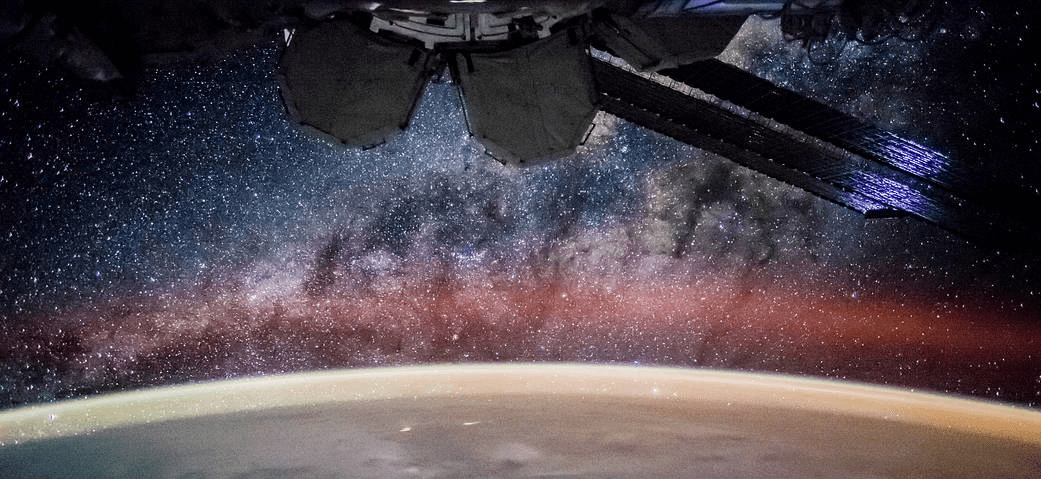WetLab-2
Wetlab-2 is a research platform for conducting real-time quantitative gene expression analysis aboard the International Space Station. This facility enables spaceflight genomic studies involving a wide variety of biospecimen types in the unique microgravity environment of space.
Currently, gene expression analyses of space-flown biospecimens must be conducted post-flight-after living cultures or frozen or chemically fixed samples are returned to Earth from the space station. Post-flight analysis is limited for several reasons. First, changes in gene expression can be transient, changing over a timescale of minutes. The delay between sampling a culture in space and analyzing that sample on Earth can range from days to months, and RNA may degrade during this period of time, even in fixed or frozen samples. Second, living organisms that return to Earth may quickly re-adapt to terrestrial conditions. Third, forces exerted on samples during reentry and return to Earth may affect results. Lastly, follow up experiments designed in response to post-flight results must wait for a new flight opportunity to be tested.
Wetlab-2 solves these problems by allowing investigators to obtain real-time gene expression data from samples processed and analyzed aboard the space station.
Studies that characterize how spaceflight affects the gene expression of cells, microbes and tissues are key to helping researchers to better understand how life is affected by or adapts to spaceflight. Gene expression data helps reveal the molecular and cellular mechanisms involved with spaceflight-induced conditions such as bone and muscle loss, impaired immunity, and increased microbial virulence. Knowledge of these mechanisms can be applied towards developing countermeasures for protecting human health during long-term space missions and also for treating diseases on Earth.
WetLab-2 will enable traditional uses of quantitative PCR, such as measuring gene transcription or rapid detection of gene targets that indicate infectious disease, cell stress, changes in cell cycle, growth and development, and/or genetic abnormality. Applications range from fundamental biology investigations to commercial drug discovery efforts. WetLab-2 also may be used for real-time analysis of air, surface, water, or clinical samples to monitor environmental conditions and crew health. It can also be used to validate terrestrial analyses of samples returned from the space station by providing quantitative gene expression benchmarking prior to sample return to Earth.
Components of the WetLab-2 facility include a commercial quantitative PCR instrument (Cepheid SmartCycler), a sample transfer tool for retrieving samples from culturing hardware; and a set of fluidic modules to enable sample preparation work that will be performed by astronaut crew working in a weightless environment. Fluidic modules include: the sample preparation module that is designed to lyse cells and extract RNA; the pipette loader that removes air bubbles from fluids and transfers liquid samples into PCR reaction tubes; and PCR reaction tubes that are pre-loaded with stabilized lyophilized reagents.
The SmartCycler can perform up to 16 quantitative PCR reactions in parallel, using up to four optical channels to measure fluorescence. The average time to deliver results is less than four hours.
Researchers can use the full facility to get quantitative PCR information or can choose to extract the RNA from their samples for analysis on the ground or by other facilities available on the ISS for researchers.
WetLab-2 was developed at NASA’s Ames Research Center by the Engineering Directorate under the leadership of the Ames International Space Center Utilization Office. Science direction is provided by the Space Biosciences Division at Ames and the Space Life and Physical Sciences Division at NASA Headquarters. Project funding is provided by the International Space Station Program at NASA’s Johnson Space Center, Houston.
For more information, contact:
Rudy Aquilina
Project Manager
NASA Ames Research Center
Rudy.Aquilina@nasa.gov




































